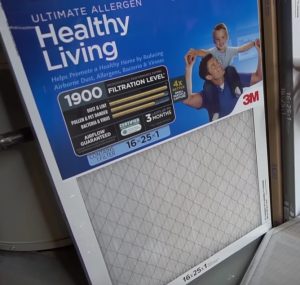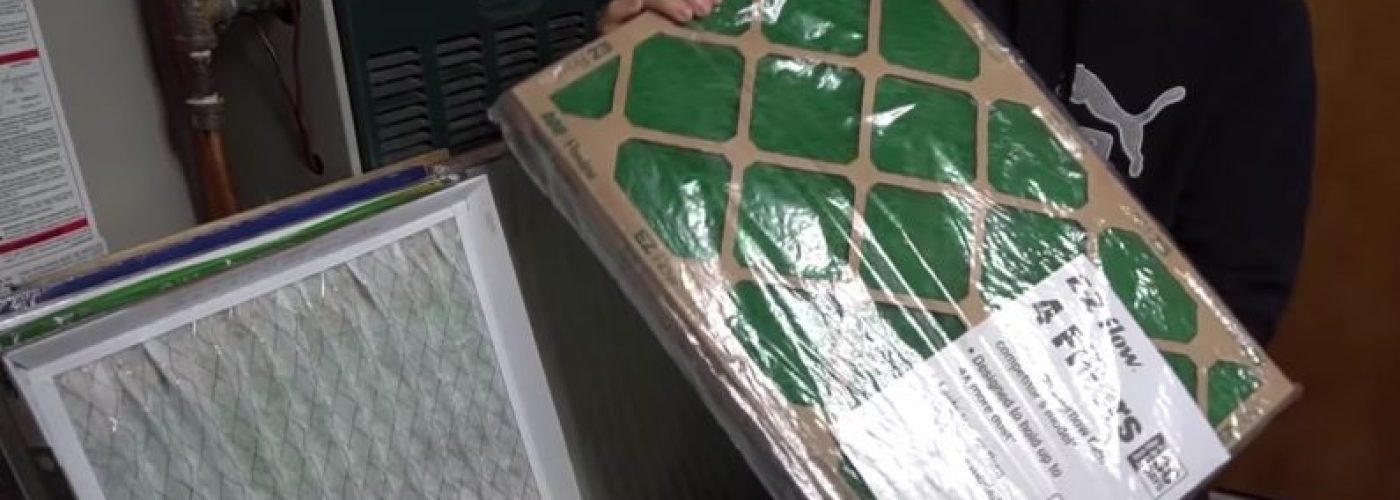
It is highly recommended by most HVAC professionals that you replace your furnace filters at the three-month mark. However, doing this means you are going to be going through air filters more than a couple times a year. Ideally, if you could recycle them to cut down on waste it would be good for the environment, but is that really feasible? You need to make sure to change the filters to help prevent a Red Deer furnace repair. If you are wanting to reduce your waste, you may want to look into reusable filters, however, before you opt to start reusing your furnace filters, it’s a good idea to learn more about the different types, how they work, and all filter options that are currently available.
Materials and Function
The most common type of HVAC filters used today are made of fiberglass, polyester, or paper woven fibers. The woven fibers are tightly and heavily wound together, meaning most particles in the air are incapable of passing through. Unlike a boiler based system, HVAC has air moving through it on a continual basis, and the components need to be protected from dust and other particles that the filter removes from the air. Not all of these materials lend themselves to being recycled – while paper definitely is recyclable, polyester is only somewhat so, and fiberglass not at all. The cardboard frame of the filters is recyclable, but that’s only a small part of the filter as a whole. This is why the furnace filters most commonly used are disposable.
In addition to the issue of how recyclable the woven fiber materials are, there’s the matter of just what filters trap when they are in use. Because they operate as a barrier that stands between the outside air that’s coming in and the rest of your home, they trap dust, pollen, and myriad other types of dust and debris. When you remove a filter, it’s going to be dirty and even cleaning the filter with a vacuum or by washing you won’t be able to get it entirely clean. By trying to clean them it can expose you to allergens, dirt, and even harmful chemicals that they have trapped during their time in use. So, even if you happen to be using the paper filter, it isn’t really advisable to go through the process of cleaning the filter to recycle it. The only part of disposable filters that are truly able to be recycled is the cardboard around the filter.

Reusable Filter Options

There are permanent reusable filters out there than you can buy, typically with frames of plastic or solid aluminum. While some of these are as efficient as disposable filters, some are not, and reusable filters also tend to be more expensive than disposable ones – with some costing as much as ten times more! They can be used in both residential and commercial applications. However, the reusable filters tend to pay for themselves over time by eliminating the recurring cost of replacing disposable filters three to four times a year.
Reusable filters require more maintenance than disposable filters in that they need to be cleaned regularly. Incomplete cleaning can lead to problems with bacteria growth, as can using the filter before it’s fully dry after it’s been washed. Bacteria loves wet, dirty surfaces to grow on, so that’s something to keep in mind.
The Verdict
Disposable filters are more user friendly, but only have limited recyclable parts. While there are reusable options out there, the upfront cost is considerably greater, though the efficiency is more or less the same. When trying to decide what’s best for your household, keep budget and the maintenance required in mind.

